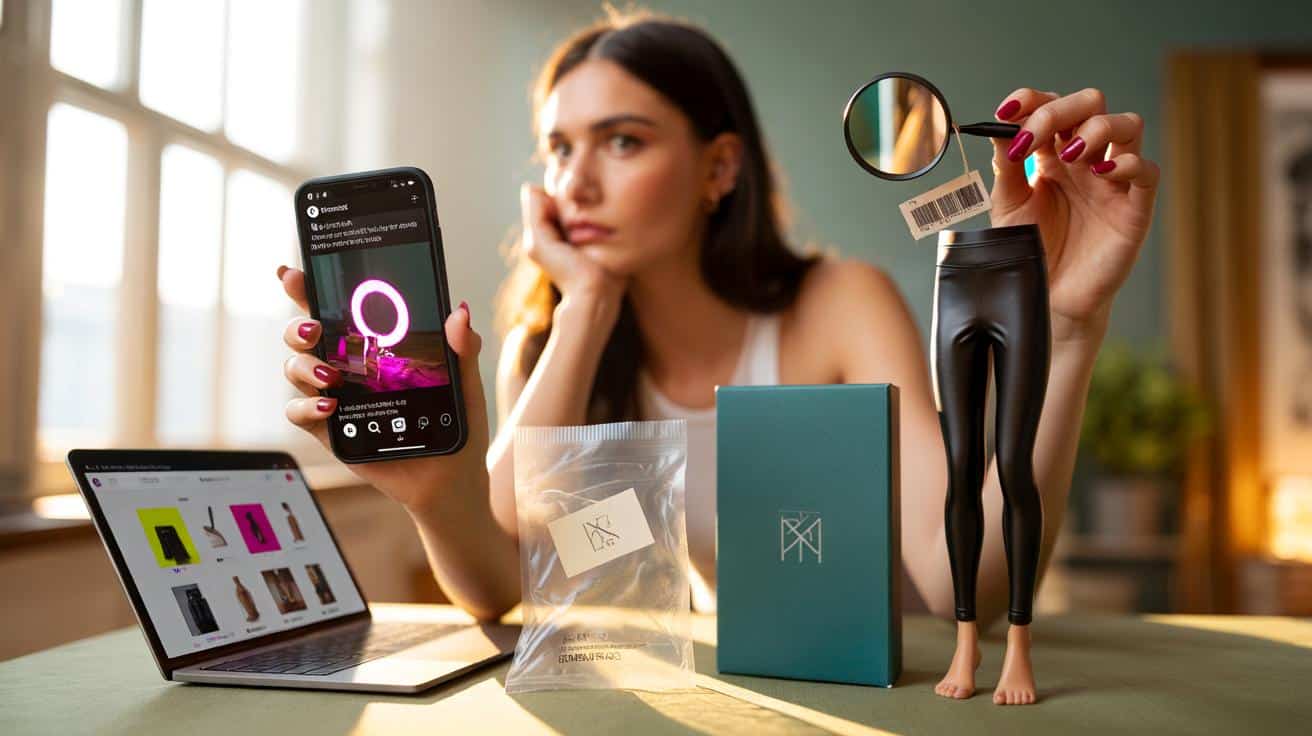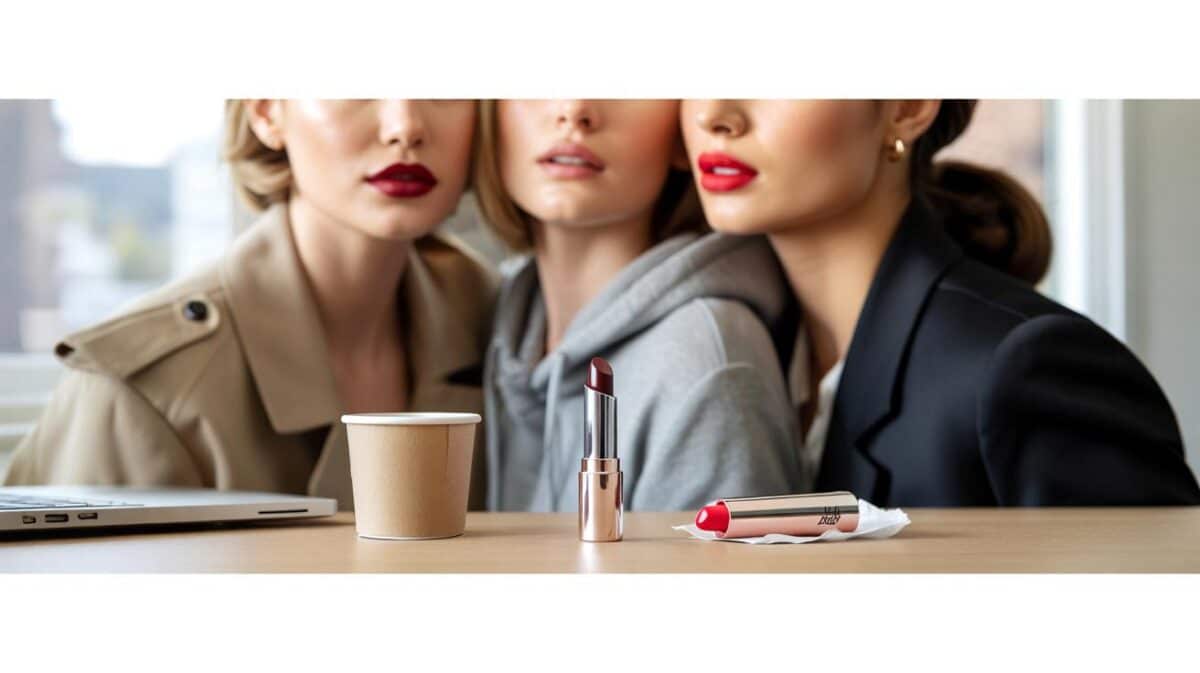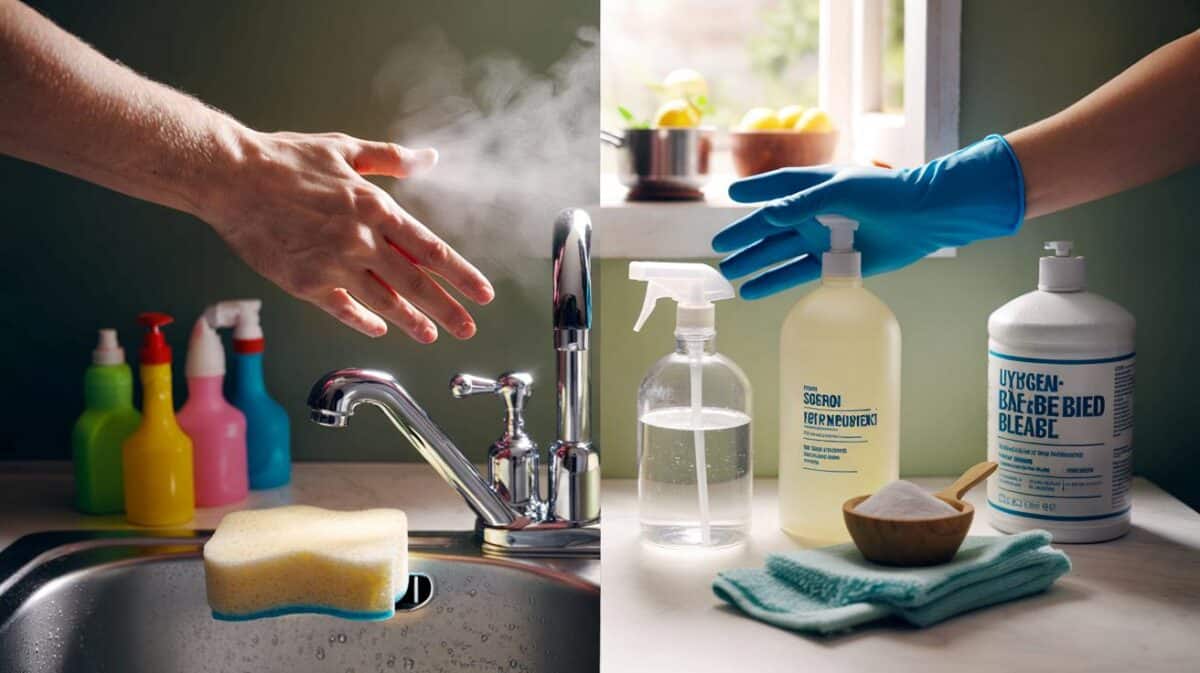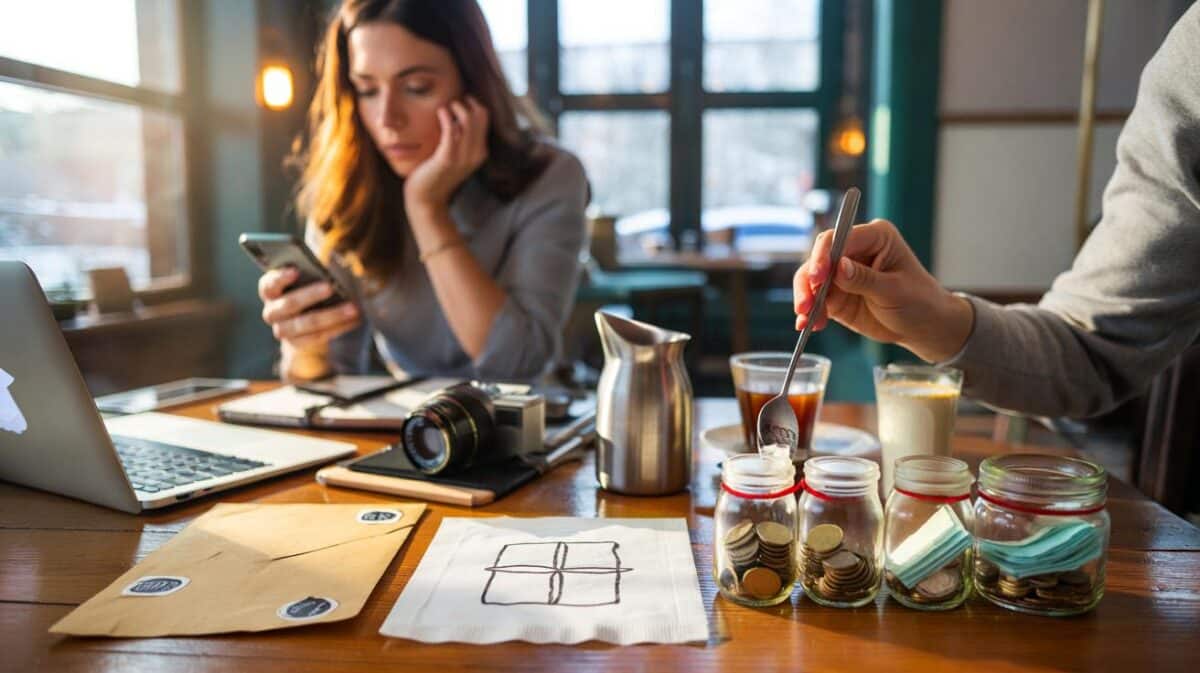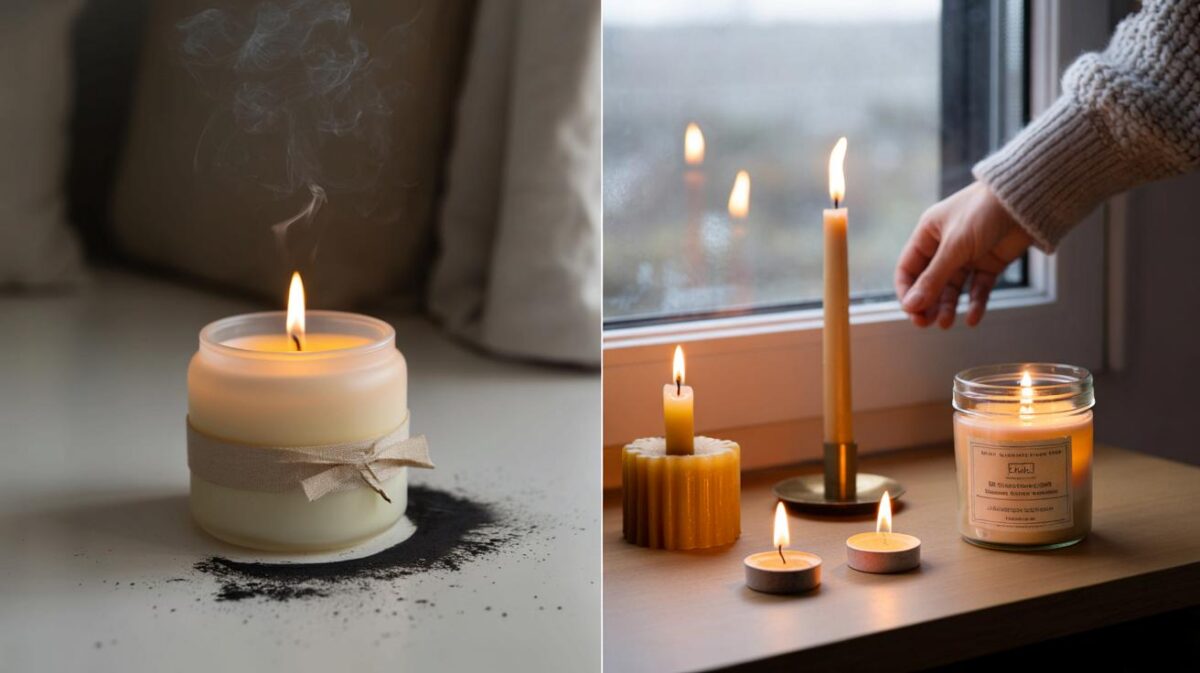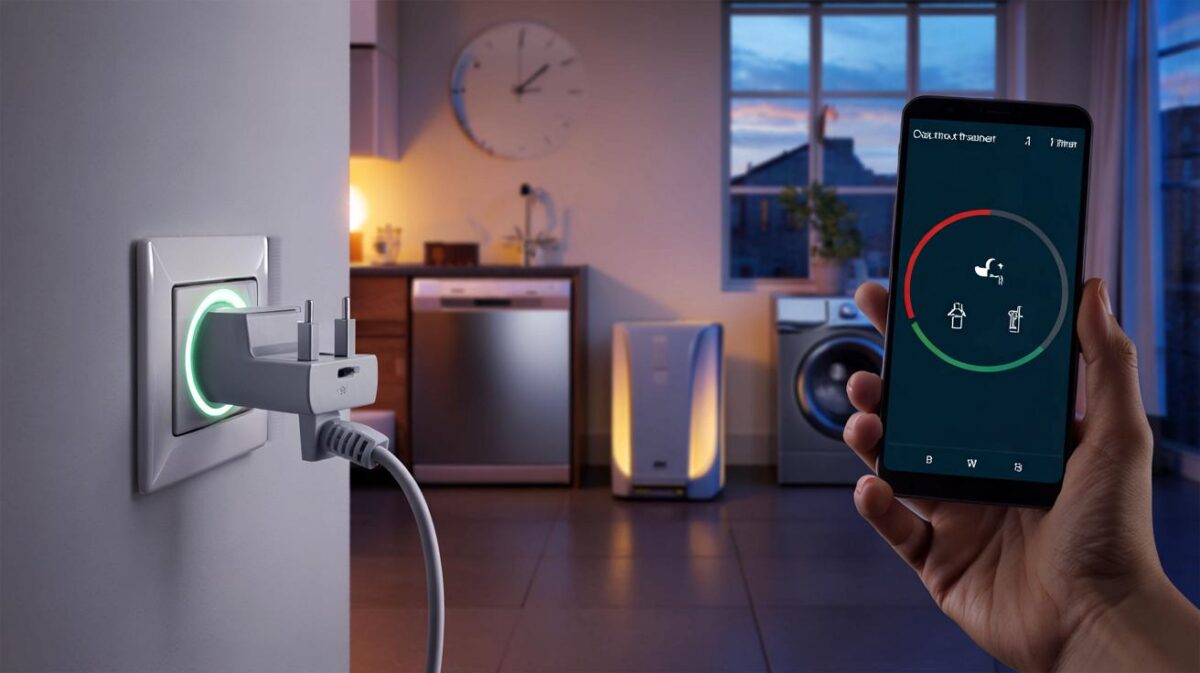The caption shouts “Our limited collab!” and somewhere in the comments a wave of “Ordered!” rushes through, as if a backstage door just opened and everyone knew the password but you. I paused, thumb hovering, and wondered who exactly “our” meant here — the influencer and a real brand, or the influencer and a supplier no one would recognise. Something felt off.
Why fake collabs spread so quickly
Influence moves fast, and fake collaborations piggyback on that speed. A “collab” isn’t always a design deal or a paid partnership; sometimes it’s a bulk order with a label slapped on. Followers hear “collab” and picture creative direction and testing, not white‑label catalogues and inflated mark‑ups. When clout is currency, pretending you’re in the room with a household name buys short-term status.
Consider the leggings that flooded Reels last winter. A London trainer teased a “capsule collab” drop with moody benches and neon lockers, then shipped pairs that arrived in crinkled bags with uneven stitching. Customer DMs to the named brand met a polite “This isn’t ours.” The “collab” turned out to be stock from a generic supplier and a warehouse willing to print swing tags. I wanted to believe it was real.
The mechanics are simple. Say “collab,” borrow a brand’s aesthetics, and use a countdown timer to trade urgency for scrutiny. The word signals legitimacy without showing the contract, and most people won’t check filings, usage rights, or the brand’s feed. The incentives are skewed: a faux‑collab can generate a week of sales and new followers; the worst that happens later is a deleted post and “We’re parting ways.” The trust you spent years building pays the bill today.
Red flags you can spot in 10 seconds
Start with a quick scan. Is there a clear label like #ad, “Paid partnership with [brand]”, or “gifted”? Look for a brand handle tagged in the first line, not buried after the fold. If there’s a code, search the brand’s feed to see if they’ve mentioned it; a legitimate collab usually appears on both sides.
Next, check the ratios. Views versus likes, likes versus comments, comments versus saves — do they stack in a way that feels organic? **Watch the ratios.** Real enthusiasm has texture: questions, jokes, little stories. Bots leave “Amazing 🔥” at 3 a.m. on a post from a UK creator, and the same three usernames pop up like a choir. We’ve all had that moment where the energy feels canned.
Now trace the product. Does the influencer show prototypes, labels, behind‑the‑scenes with the brand’s team, or just stock‑style shots? Reverse‑image search the product photo to see if it lives on a wholesale site. **Follow the money.** A dropship link with a collage of random fonts is a sign; so is a Story where “AD” is micro‑text hidden in beige. Let’s be honest: nobody actually does that every day.
“A true collaboration leaves fingerprints on both accounts,” says a social media manager at a mid‑size beauty label. “You’ll see us teasing it too — because why would we let a launch live on one feed?”
- Ask: is the brand talking about it today, not last year?
- Peek at the brand’s tagged photos — is this creator present?
- Compare packaging across posts; mismatches are telling.
- Scan comments for discount spam or identical replies.
- Search the creator’s Highlights for “Press” or “Collabs”.
Stay curious, not cynical
Scepticism is healthy; cynicism is exhausting. The goal isn’t to police the internet but to add one beat of patience between your tap and your spend. **Trust your pause.** If it’s real, it will still be real in five minutes, and the brand will be proud to say your name alongside theirs.
Think of it as shopping with your wits switched on. Ask simple questions: who’s speaking, who gains, who else is saying it? Big brands follow advertising rules; smaller brands can be brilliant too, and many creators build honest, beautiful things. You’re not meant to be a detective every time, just a little more present.
There’s a quiet power in being the woman who reads the label and checks the tag. You send a message about the kind of internet you want — transparent, creative, fair. And you’ll keep your feed joyful by rewarding the people who play it straight.
| Key points | Detail | Reader Interest |
|---|---|---|
| Clear labelling | Look for #ad, “Paid partnership with…”, or “gifted” in the first lines | Quick test you can run in seconds |
| Engagement quality | Ratios and comment texture reveal bots and pods | Helps decode hype versus real love |
| Brand fingerprint | Cross‑posts, prototypes, consistent packaging and brand mentions | Confidence before you click “buy” |
FAQ :
- How do I tell “collab” from “affiliate”?“Collab” suggests co‑creation or a paid partnership; “affiliate” is commission on sales. Affiliates should still be labelled, often as AD/Aff, but they’re not the same thing.
- Is it a red flag if the brand isn’t following the influencer?It’s a nudge to dig deeper. Many brands follow partners, and real collabs usually appear on both accounts.
- What about “PR product” or “gifted” tags?That signals the item was sent for free. Not a collab, and not automatically paid — still content with a relationship that should be clear.
- Countdown timers make me panic — are they always fake?Scarcity can be real for small runs, but it’s also a sales tactic. Pause, check the brand’s page, and see if there’s a second source confirming the drop.
- Do UK rules require the word AD?Yes. Under ASA guidance, ads must be “obviously identifiable,” which means clear labels like AD or “Paid partnership with…” — not tiny text hidden in a Story corner.
